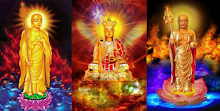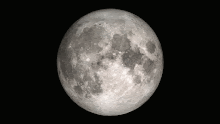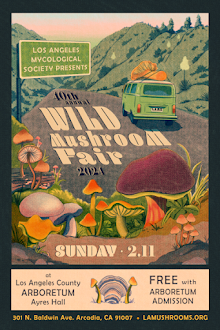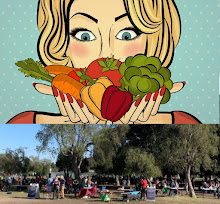The Forbidden Fruit: Robert Sepehr
[A "mystery school," according to Dr. Ammon Hillman, is essentially a drug cult teaching the "mysteries" of ecstatic union with the substance or with a divinity through practices and the substance. The dedication of adepts is around a goddess or deity, in which initiates are introduced to reality through plant helpers and divine beings.
 |
| Yin yang at the center of the bagua |
Celibacy is an excellent way of conservation of energy for spiritual purposes. But Taoism and Tibetan yoga might also suggest tantric sex with semen retention to cultivate the forbidden "fruit" of internal energy.
It is a powerful practice with the power to awaken our divinity if undertaken properly and with guidance. It is a significant component of esoteric Tibetan Vajrayana Buddhist practice by its yogis and yoginis.]
Tibetan sexual yoga?
 |
| Vajradhara and consort union |
In some forms of Buddhism, tantric sex is strongly associated with the practice of semen retention, as sexual fluids are considered an energetic substance that must be reserved for higher purposes.
Many Buddhist tantric texts direct the focus away from sexual emission towards retention and intentionally prolonged bliss. More]
- Internal Alchemy for Women
- Lilith and the Sacred Serpent
- Consciousness, Vril, and the Human Aura
- Flame of the Light Bearers
- Elixir of Life and Secrets of Immortality
- The Fourth Way to Enlightenment
- Robert Sepehr, Jan. 2024; Pat Macpherson, Dhr. Seven (eds.), Wisdom Quarterly



















































































































































































































































No comments:
Post a Comment